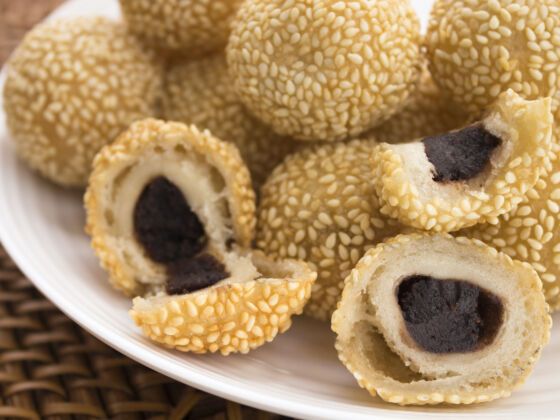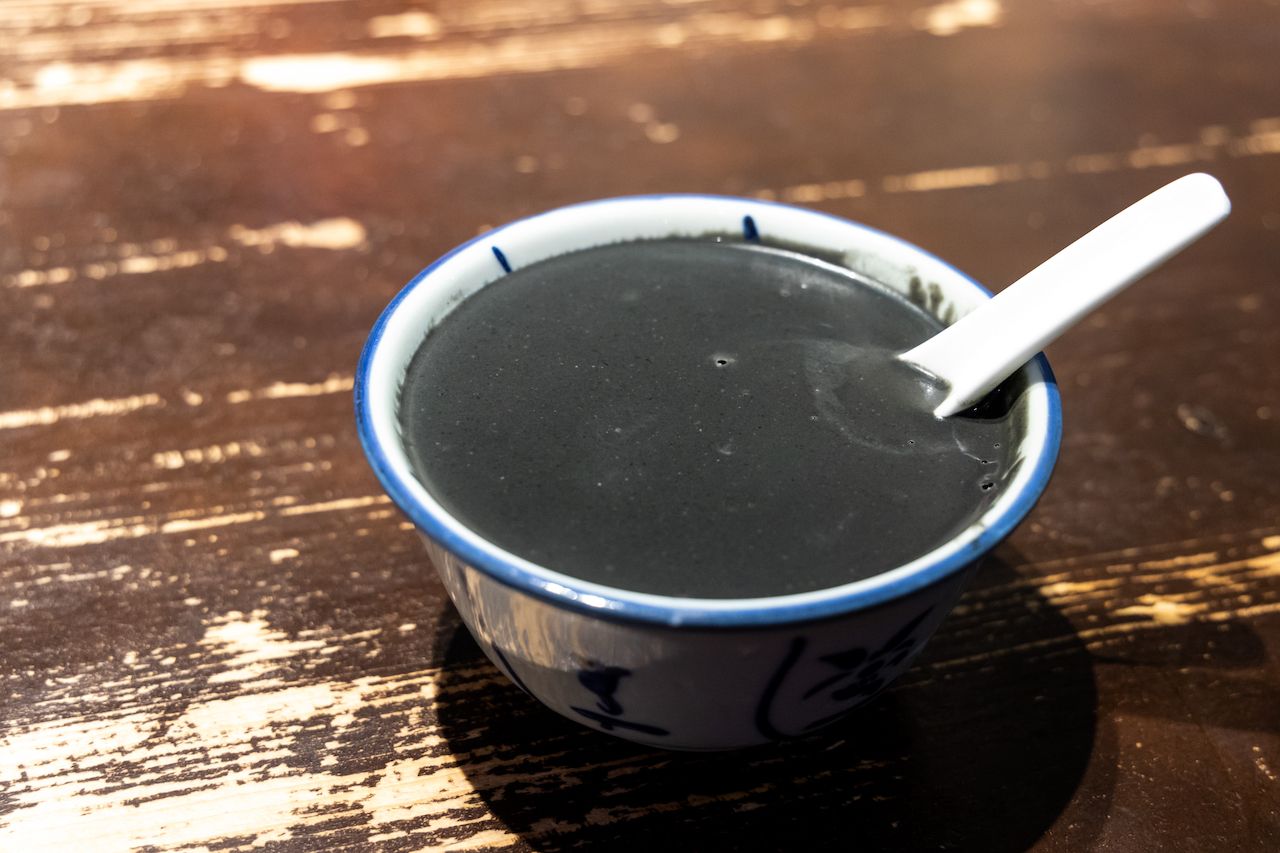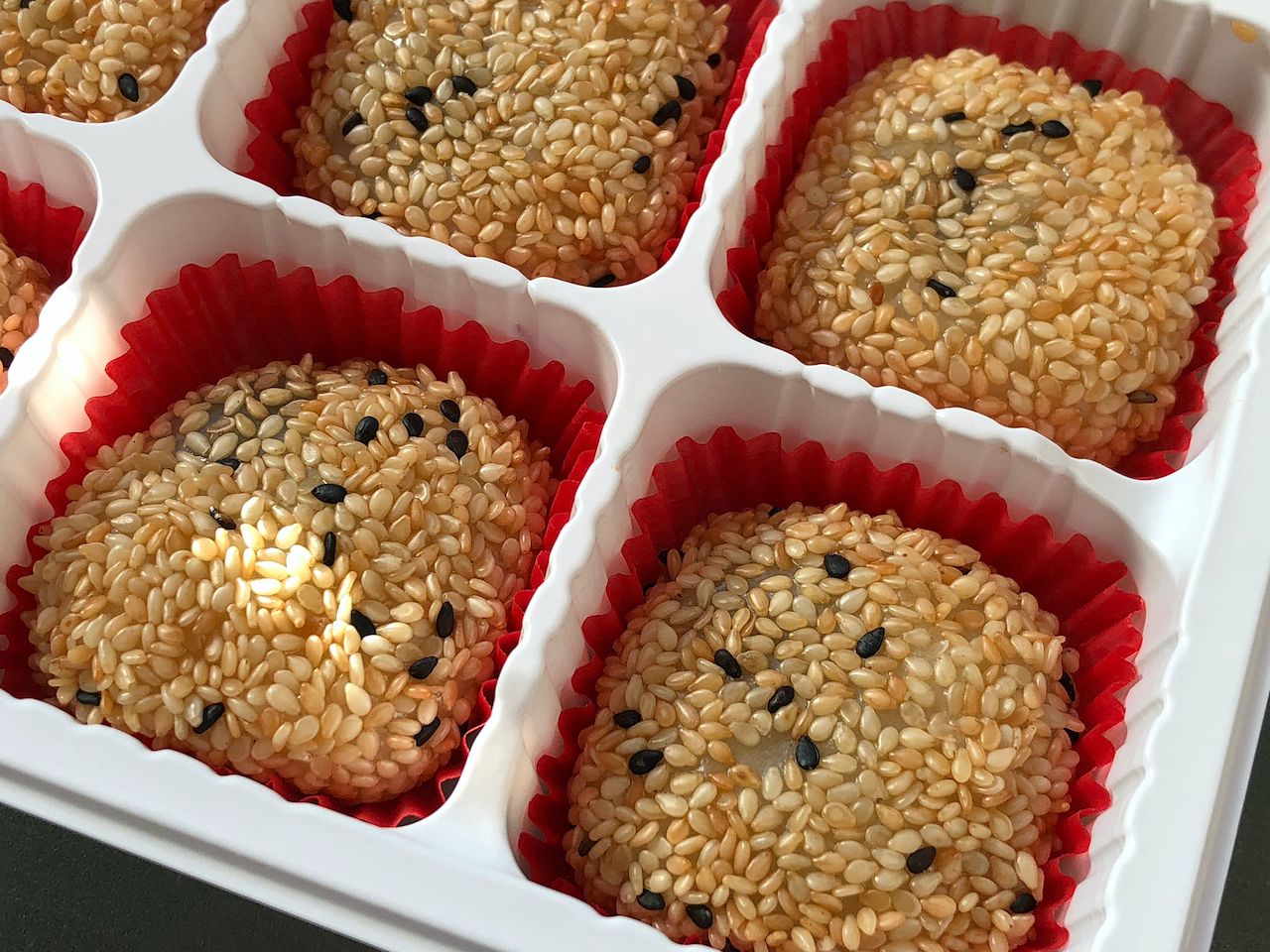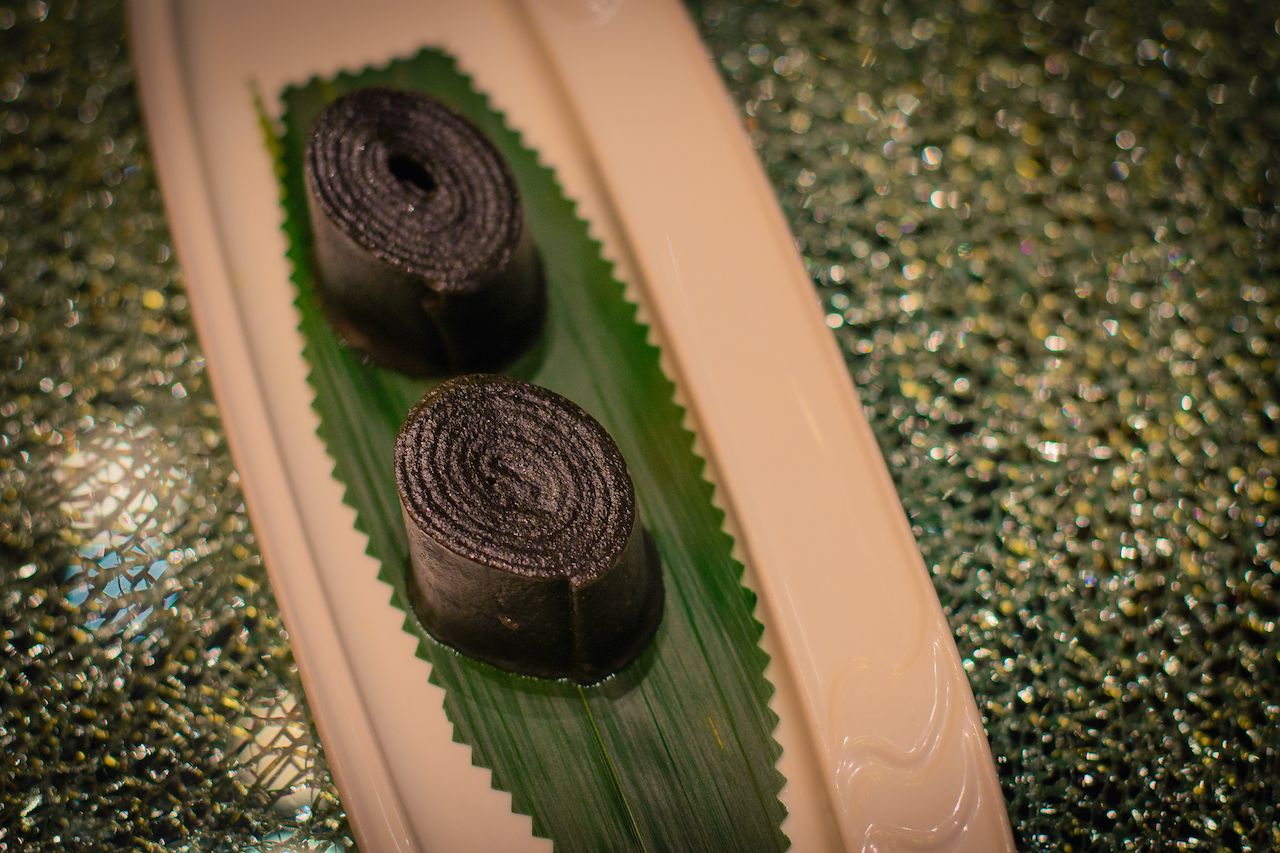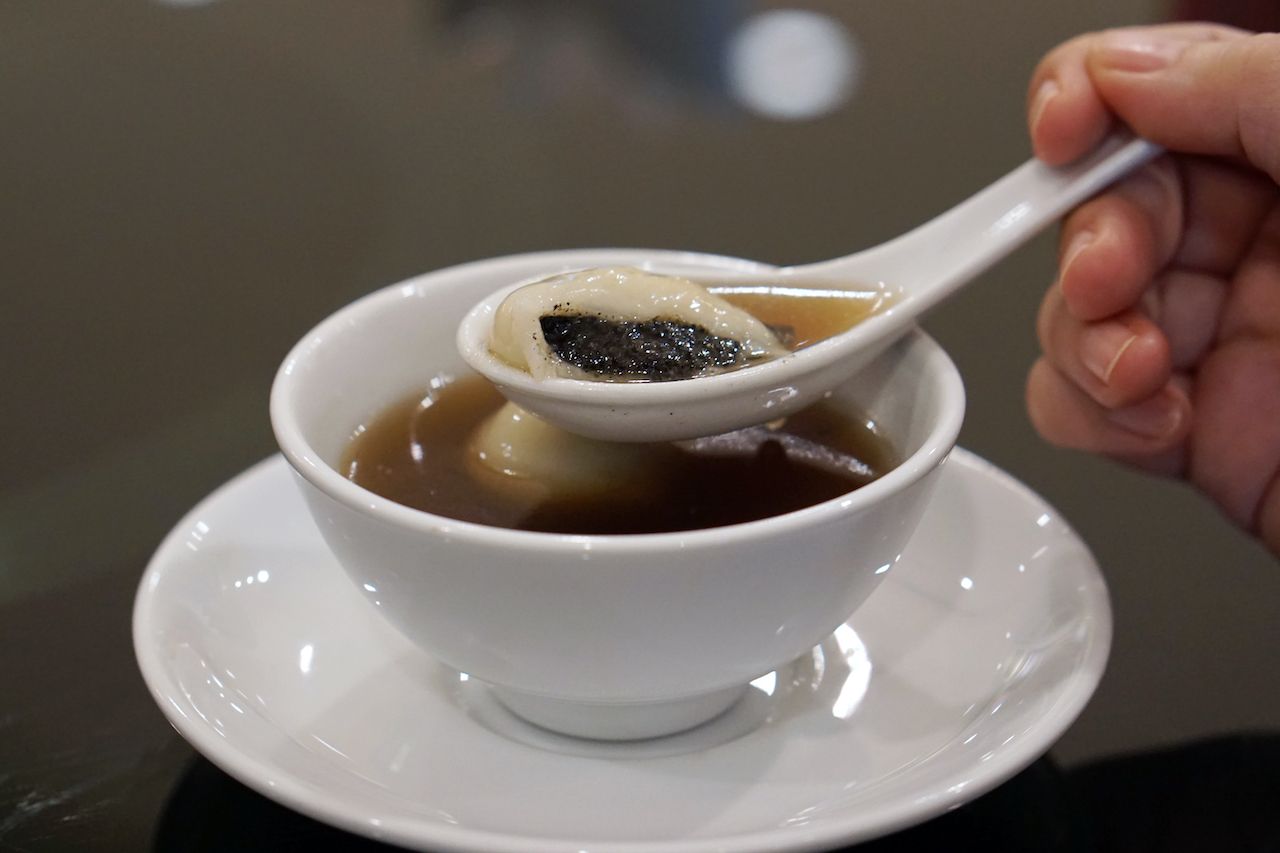Sesame seeds are a staple ingredient in the diverse cuisine of China. The seeds are toasted and used as a topping for cakes and dim sum snacks. They’re also ground up into a paste and used as a dipping sauce, a sauce for noodles, or a filling for dumplings and mooncakes. High in fatty acids, minerals, and antioxidants, sesame seeds are also cherished for their nutritional properties.
In China, the nutty, earthy, slightly bitter flavor of sesame balances out the sweetness of desserts. Sweet sesame snacks pop up at breakfast, tea time, and, of course, as the perfect, slightly sweet after dinner bite. The place you’ll most encounter heaps of Chinese desserts dotted with sesame seeds is during festivals and celebrations, especially around Chinese New Year.
Here are seven Chinese desserts with sesame seeds to try.
